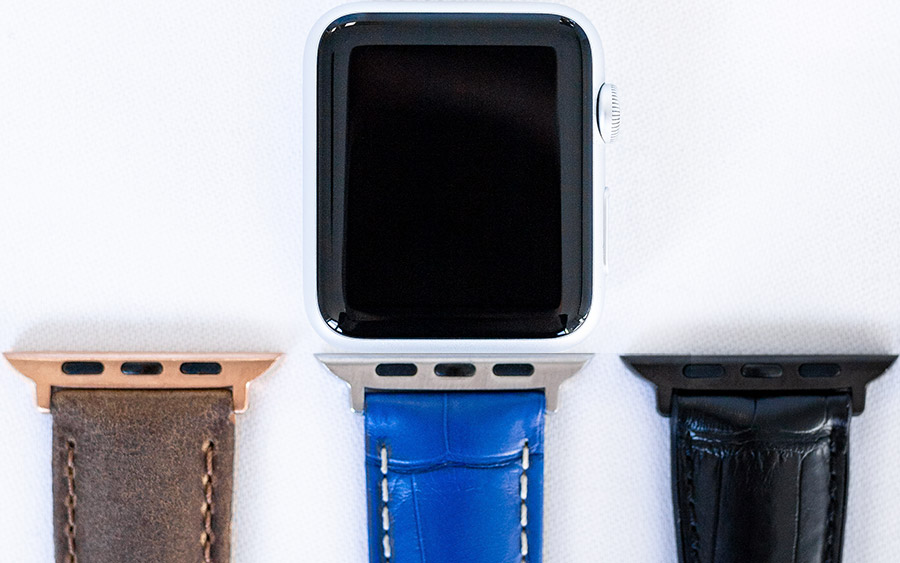Safeguarding your children from the dangers of battery ingestion
Safeguarding your children from the dangers of battery ingestion
Safeguarding your children from the dangers of battery ingestion
All batteries should be kept out of children’s reach to avoid accidental battery ingestion. Particularly prone to ingestion are the small, round, miniature batteries, often called coin cells or button batteries, such as watch batteries. These batteries are composed of metals like zinc, nickel, silver, cadmium, and lithium. Some contain concentrated solutions of caustic electrolytes, and even mercury.
How exposed are our children to these batteries?
Lending to the frequency of battery ingestion are loose batteries mistaken as food by unsupervised children. If you suspect a child has ingested batteries, do not hesitate to call 911 or bring them to the nearest emergency room. Battery ingestion symptoms may worsen if not given proper medical attention and these symptoms often do not develop until harmful effects are felt.
Among the common symptoms of battery ingestion are abdominal pain which may be preceded by dry heaving, drooling, and vomiting; low-grade fever, allergy or rashes, and dark or bloody stool.
Commonsense tips to avoid battery ingestion among children
As the majority of battery ingestion cases occur in the home, it simply makes sense to store batteries in childproof containers. This should be a matter of habit.
But, is this enough?
Removal of batteries from compartments of household appliances, toys, and other small battery-powered devices results to the high frequency of battery ingestion. Make sure these compartments are securely shut, taped for reinforcement, and stored beyond the reach of children. Leave no device unchecked—make sure you securely attach your child’s hearing aid batteries in place for good measure.
Take the lead in making your home a safer place by properly securing these batteries. After all, prevention is always better than cure.






